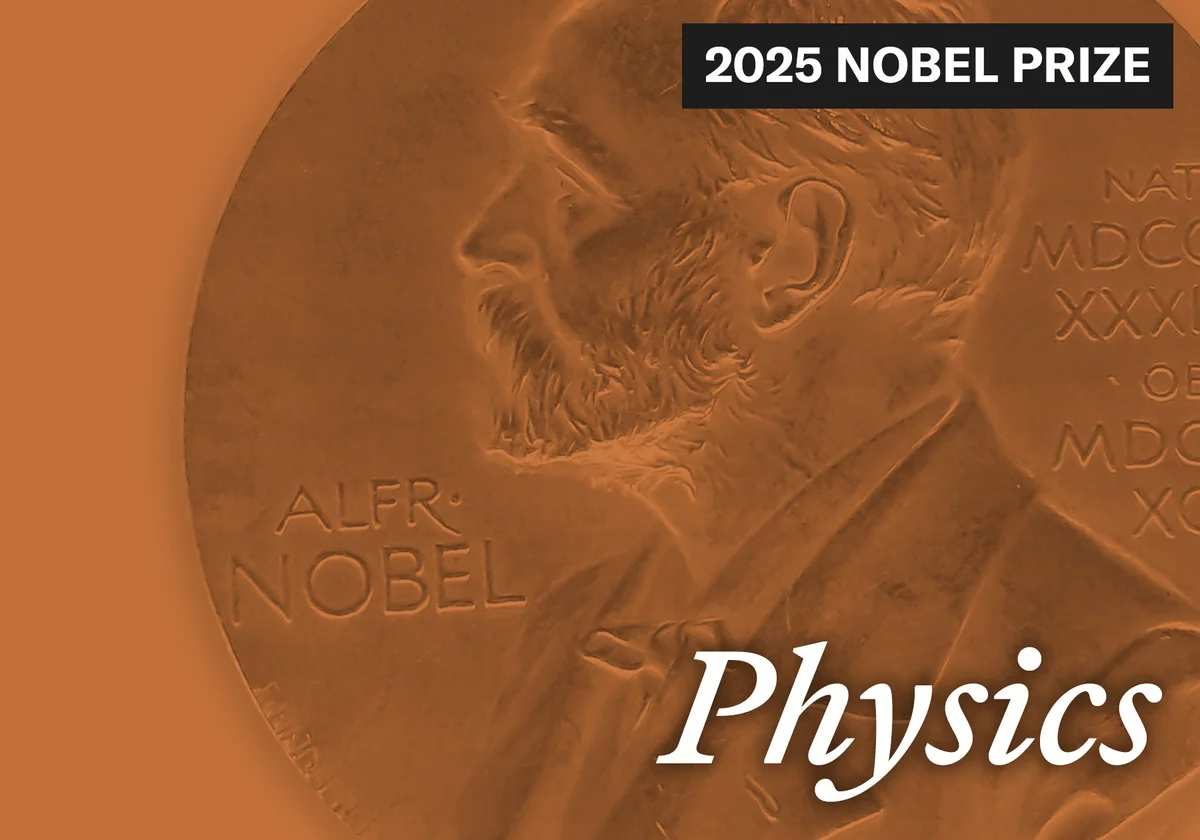2025 Nobel Prize in Physics Goes to Researchers Who Brought Quantum Mechanics into the Macroscale World

This story will be updated.
This year marks the 100th anniversary of the advent of quantum mechanics, which describes the universe at its smallest, most fundamental scales.
Revered as the most successful scientific theory in history, the microscopic influence of quantum mechanics is key to most of today’s transformative technologies, from supercomputers to smartphones. The theory is also notorious for its many counterintuitive revelations about reality: Particles can also be waves, can exist simultaneously in superpositions of multiple seemingly contradictory states, and can have their properties perfectly correlated—entangled—so that they are linked irrespective of how apart they are. Befitting the centenary milestone, this year’s Nobel Prize in Physics was awarded to three scientists—John Clarke, Michel H. Devoret and John M. Martinis—who brought another bizarre microscopic quantum effect, called quantum tunneling, into the macroscopic world.
On supporting science journalism
If you’re enjoying this article, consider supporting our award-winning journalism by subscribing. By purchasing a subscription you are helping to ensure the future of impactful stories about the discoveries and ideas shaping our world today.
Quantum tunneling occurs when a particle passes directly through an otherwise impassable barrier to appear on the other side. This is akin to a throwing a ball at a wall and, rather than seeing it bounce back, finding it unscathed on the other side with the wall itself fully intact. The effect usually diminishes for many particles, which is why you never see anyone phasing through walls and floors in everyday life. But in a series of experiments performed at the University of California-Berkeley in 1984 and 1985, Clarke, Devoret and Martinis showed that the process could occur at larger scales than previously thought possible.
Their experiments relied on electronic circuits built from superconductors, which can conduct current with no electric resistance. The resulting chip-like devices, which the Nobel Committee noted in a statement were “big enough to be held in the hand,” contained superconducting components divided by a thin barrier of non-conductive material. This arrangement is known as a Josephson junction, after the British theoretical physicist Brian Josephson who first developed it in the early 1960s. Through exhaustive mapping and measurement of the circuit’s properties, Clarke, Devoret and Martinis were able to show how electrons moving through the system act as if they are a single particle, tunneling across the dividing barrier to fill the entire circuit.
Their experimental system only exhibited two distinct modes—one in which the current was “trapped” in a zero-voltage state, and another in which the current escaped this state via tunneling to show a voltage. This clearly demonstrated the quantized nature of the system, in which only a specific amount of energy could be emitted or absorbed, as predicted by quantum mechanics.
“It is wonderful to be able to celebrate the way that century-old quantum mechanics continually offers new surprises,” said Olle Eriksson, Chair of the Nobel Committee for Physics, in a statement announcing the award. “It is also enormously useful, as quantum mechanics is the foundation of all digital technology.”
Reached on his smartphone from his home in California, the “completely stunned” Clarke noted that the phenomenon that’s now made him a Nobel laureate is also “one of the underlying reasons that cellphones work” and that “our discovery, in some ways, is the basis of quantum computing.”
For their work, which the Nobel citation describes as “the discovery of macroscopic quantum tunneling and energy quantization in an electric circuit,” the researchers will equally split a prize of 11 million Swedish kroner (about $1.17 million).